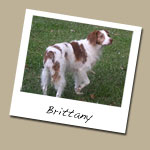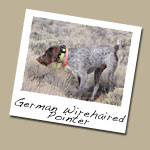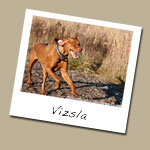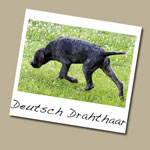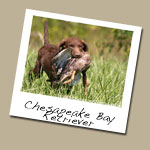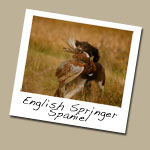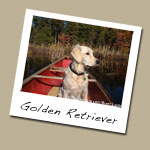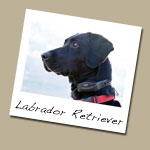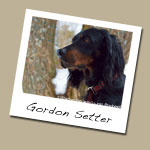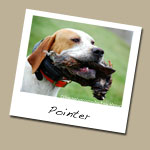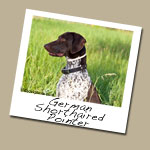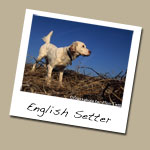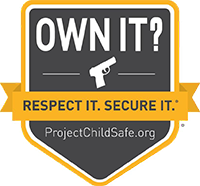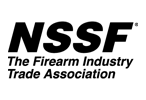Tips On Preserves
Backing Up Bird DogsBy Michael D. Faw They're as much a part of the scene on most hunting trips as the shotguns and hunters. They're bird dogs. And though they come in many shapes, sizes and colors, all perform one important function-they find birds. Before you step in behind-or share the blind with-a hunting dog, it pays to know some basics. Then you can let the dog do what it does best-hunt 'em up! If you are a ground-based hunter who likes to pursue upland species like pheasants, grouse and quail, then you'll likely be hunting with pointers, spaniels and a few other breeds. For waterfowl hunters, the Labrador retriever-America's most popular breed-sits in the No. 1 spot in most boats and blinds. Follow The Handler's Lead When you go to a bird-oriented preserve or lodge, you are normally teamed with a handler (or guide) and his or her dogs. Most handlers readily give you a brief introduction and overview about the dog and its personality. Then the hunt-the real fun-begins. In the field, handlers normally communicate with their dogs with whistles, voice commands and hand signals. Many hunting dogs are keen on obeying their owner only-period. And don't expect a dog to bring a bird that you shot back to you because they are trained to retrieve only to their master. Don't take this rejection personal! When in doubt about what to say or do around any hunting dog, ask the guide or handler. Barking orders can confuse some dogs-as can whistling. Keeping all noise to a minimum also lessens the chance of spooking away wary birds lurking in the nearby grasses and brush. While many hunters want to rush in behind a dog on point, wait for instructions from the handler. And instead of walking up behind a dog, it is often best to come in directly beside or in front of the dog where it can see you. This prevents the dog from feeling crowded and lessens the chance of breaking the dog's concentration or causing it to creep up on the bird. Trust the dog to tell you where the bird is, and look where the dog is looking. After you shoot, you can often help the dog and handler find dead birds by focusing on the place where the bird fell and walking directly there. Most hunting dogs will also recover downed birds. Trust the Dog Dogs are at ground level and they see, hear and smell things you'll never detect. A good rule is to let them roam, and follow their lead. One thing you can to do to increase the success of your hunt is helping the guide keep track of the dogs. This can sometimes be difficult in tall grasses and cornfields. But do stay focused on the dog in case it goes on point. Safety First The same safety rules that apply to hunters and firearms, also apply to dogs. Be certain of where the dog is-and where it's headed-before you pull the trigger. When in doubt, don't. If you have trouble seeing a certain color dog in the grass or brush, ask the handler to place a bright colored collar or vest on the dog. Remember also that dogs like to chase and jump up after fleeing birds. Be careful when shooting at birds on the move and never shoot at birds on the ground. Pictures Make Memories Many of your greatest memories from the hunting trip will be seeing a dog bringing back your bird or a dog on point. Feel free to take photographs so you capture all the details. Ask the guide and your hunting party to pose together with the dog-and some birds. Have fun as you and the dogs work together to hunt 'em up! |

